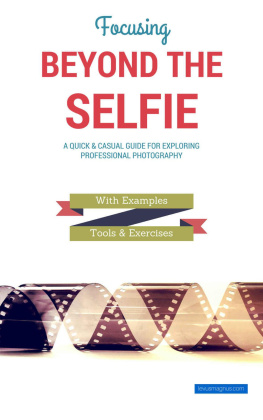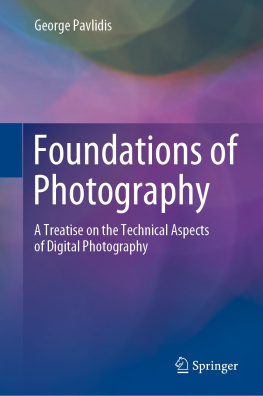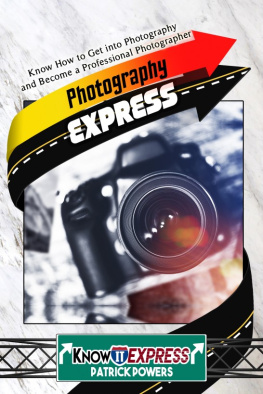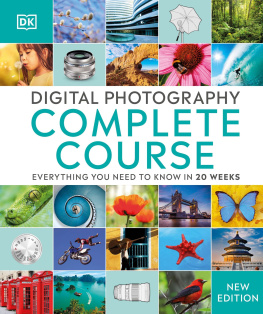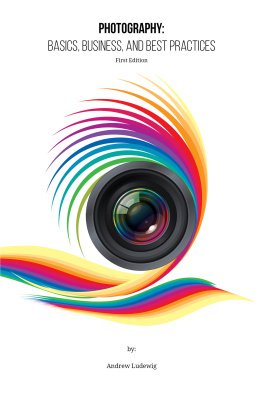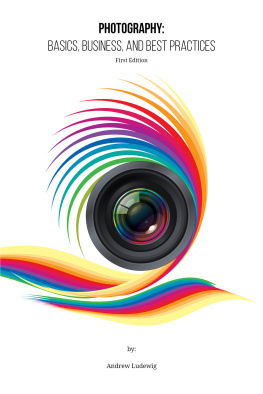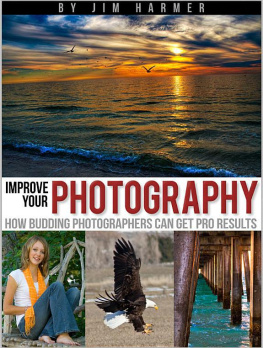Introduction
It was around 2000 when I had my first hands-on experiencewith a digital camera at a friend's house. Those were the times where thetechnology was newly taking off. That camera had a 1.5 megapixel sensor whichis a tiny, tiny fraction of what we have in our smartphones today. It saved itspictures into a floppy disk, and actually that convenience was one of its mainselling points: No longer had you to deal with those data cables and installingdrivers. You put the floppy into the drive, and your photos magically appearedon your computer screen!
Around the same time was when digital cameras made theirfirst entry on the phones. They were initially considered merely anything morethan an unnecessary addition. After all, the picture quality was nothing nearwhat it is today and most phones had tiny little screens. Most importantly,sending photos to your friends was an entirely different beast back thenbecause the whole notion of mobile Internet was barely more than a few textbased web sites. If you had a phone with a camera and knew someone else whoalso did, you could send them a blurry, small image via MMS and that was allyou could do.
All that changed in a decade. Cameras on our smartphoneshave caught up with the times. Mobile Internet traffic is arguably on the vergeof taking the biggest share of any service providers allocated bandwidth.Today, taking a photo and sharing it is just a matter of seconds. Each passing minutethousands and thousands of photos are being shared on social media sites. Whatonce was merely a cost-prohibitive hobby quickly became todays main form ofcommunication, expression and entertainment for the masses.
Yes, the average person takes and views a lot more photosthan they did in the past, but this is only half of the story. What happened tothe photography itself or to photographers for that matter? In 2006,Time magazine chose You (meant to refer to everyone and anyone) as itsPerson of the Year. The rationale for that was simple: The privilege of shapingthe reality we live in is no longer reserved to a few individuals who managedto make it to fame and fortune. The Internet and the social media giveseveryone an opportunity to contribute to science, culture, arts and everythingin between. This possibility since then have opened an entirely new window ofopportunities and change for arts and professions.
Photography is impacted in an exceptional way by theseevents, arguably because it was already going through an identity crisis whenthe digital revolution happened. Hardly older than 100 years old, photographyis one of the youngest forms of media. As a natural consequence of its infancy,there already was a considerable amount of debate about photography being avalid art form or not when it suddenly experienced a massive surge of interestwhen digital cameras started to become reachable. With so many artists cominginto the scene with many different and interesting way of doing things,photography became a fascinating, albeit confusing form of art for many people.
Photographyand You
We can probably assume somewhere along this is where youcome in. You maybe had that little disposable film camera or a cheapdigital when you were a kid and if you didnt, odds are you did have a phone ora handheld game which had a built-in cam. You probably currently own asmartphone and have taken the inevitable selfie countless times. You werefascinated by some of the work you have seen while browsing your favorite photosharing site. Your curiosity was initially triggered by that wonderful sceneryphoto you saw there. Or maybe it was an artsy shot featuring people frozen inthe air as if they were flying. If not, could it be that photo of a beautiful Siamesecat that captured your attention? Something in the world of photography madeyou say I want to be able to do that. Probably you have even tried, butquickly discovered neither your phone camera nor the good old compact shooterwas up to the task.
So, you want to go beyond the camera phone, venture into theprofessional realm.
You want to be a photographer.
Whatto Expect
Your progress as a new photographer is going to be aninteresting one for the reasons mentioned above. Different than the other kindsof arts, definitions of "good" and "bad" vary greatly inphotography. A scenery shot depicting beautiful mountains can be considered agreat piece of work thanks to the high quality equipment used in the making andthe beautiful scenery it features. At the same time, the very same piece ofphotography may draw some harsh criticism because it is a clich shot,conveying very little expression beyond its eye candy nature.
Which brings us to one of the main objectives of this bookand perhaps the most important challenge you will have to take on not only atthe beginning of your journey, but for the entirety of it: Finding yourfavorite street in the town of Photographyville and building a homefor yourself there. There are many different neighborhoods in this town, manycommunities with different interests, values and aspirations. This book willintroduce you to different types of photography out there (referred to as neighborhoodsin our analogy) and provide you with a way of thinking that will enable you tofocus your efforts and learning process to one that closely fits yourexpectations.
An artist is a devotee of lifetime learning. The process ofcontinued development is strongly guided by values and expectations of theartists community and the field of activity. Consequently, deciding whereyour heart is at the beginning of your journey greatly helps you get themost out of the learning experience.
Chapter 1: Types of Photography
When we are talking about the types of photography, we areactually referring to a more practical, everyday type of classification insteadof attempting to define genres in an artistic or scholarly manner. Think of itmore like how you would answer when a friend asks So what kind ofphotographs do you take? For a hands-on approach this is a much better wayto take a look at things since it enables you to think in a more do sensethan in a technical or philosophical way. While these scholarly aspects are asvaluable and important as the practical side of things, focusing on them at thevery beginning often translates to a negative experience for the aspiringartist. Down the line you will have a lot of time to think about those, for nowour concern is on giving you a head start.
With this in mind, lets consider the following types, notin any particular order.

